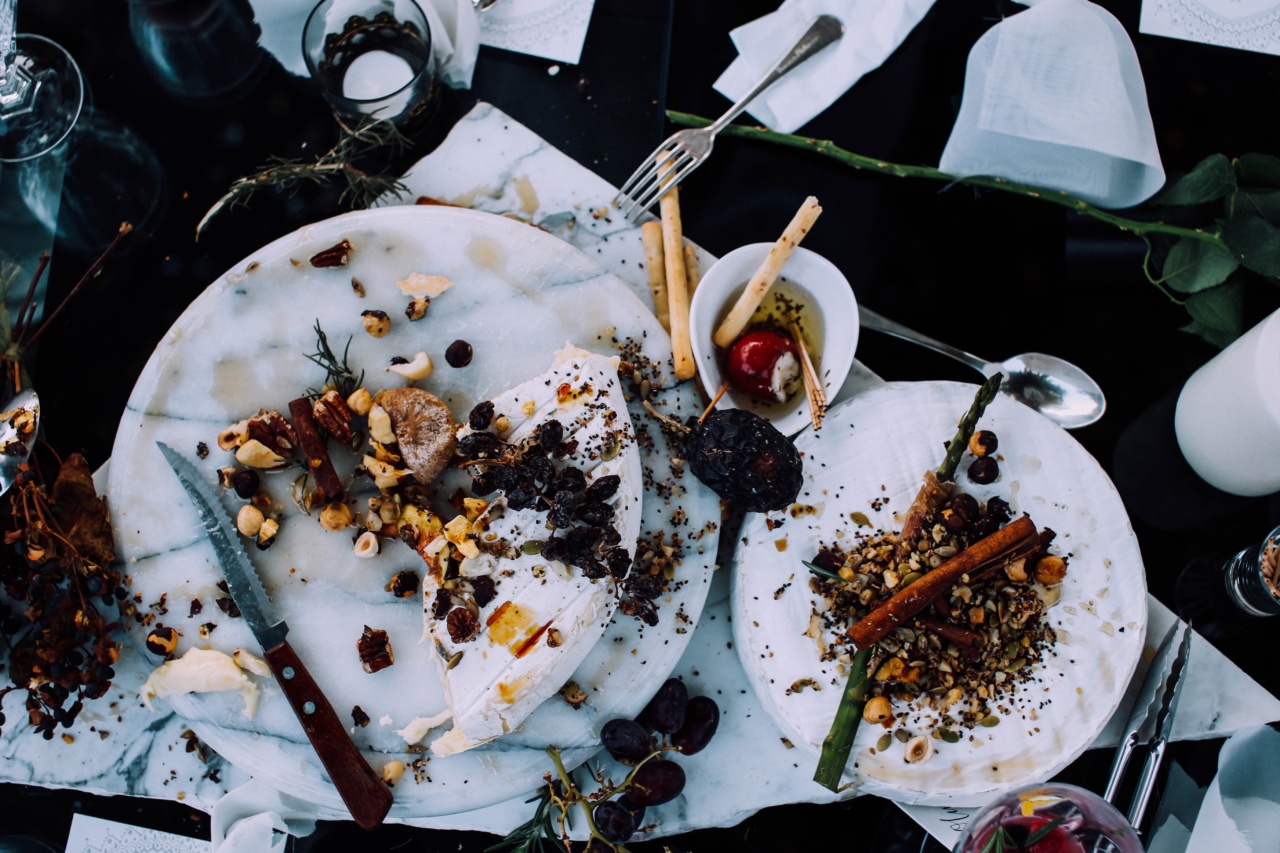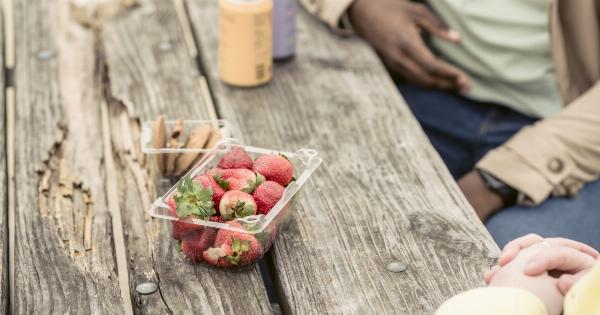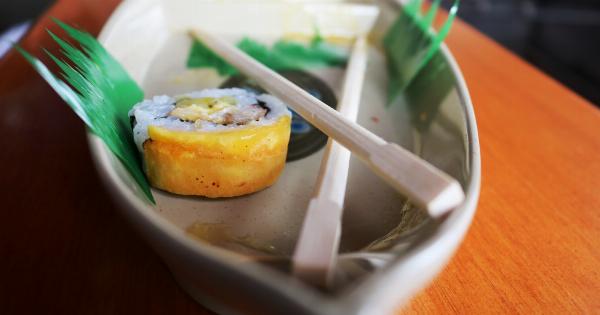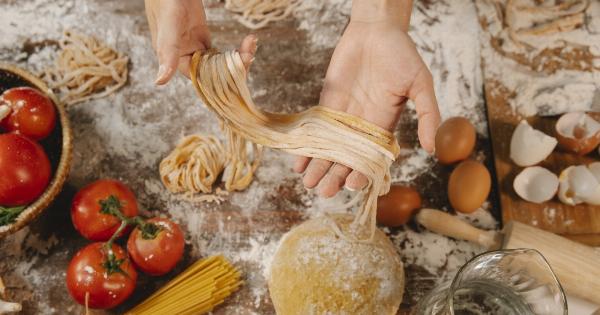Most people have leftover food in their fridge at some point, but few really know the risks involved in consuming it. While eating leftover food can be a convenient and efficient way to save time and money, it can also be harmful if not done properly.
What is Leftover Food?
Leftover food refers to meals that have been cooked and stored in a fridge or freezer for later consumption. This can be a great way to save time and money when wanting to eat at home instead of ordering out.
While it is always a good idea to cook fresh meals, leftovers can help you cut down on grocery expenses and prevent food waste.
The Risks of Eating Leftover Food
While eating leftovers can be convenient, it is important to be aware of the possible risks involved.
Food can spoil and become contaminated in many ways, such as being exposed to harmful bacteria, being stored improperly, or being left out at room temperature for too long. If you consume contaminated leftovers, you are at risk of food poisoning, which can lead to serious illnesses such as vomiting, diarrhea, and dehydration.
What Happens to Food When it’s Leftover?
When food is cooked, it becomes a breeding ground for bacteria. As the food cools, it can reach temperatures that promote rapid bacterial growth, creating the ideal environment for pathogens to grow and multiply.
This is one of the reasons why it is important to refrigerate or freeze food as soon as it has cooled down. Once refrigerated, bacteria can still grow, but more slowly than at room temperature. If you leave food in the fridge for a few days, bacteria will continue to grow, resulting in spoilage and possible contamination.
How to Safely Store Leftovers
Storing leftover food properly is essential to prevent bacterial growth and contamination. You should refrigerate cooked food within two hours of cooking, or within one hour if the temperature is above 90°F.
Always use an airtight container, wrap, or foil to store your leftovers. This will prevent bacterial contamination and help keep your food fresh. If you’re planning on storing leftovers for more than a few days, consider freezing them instead of refrigerating them.
Frozen food can be stored for several months without the risk of spoilage or contamination.
The Risks of Reheating Leftovers
Reheating leftovers can be convenient, but it is important to understand the risks involved. When you reheat food, it must be heated to at least 165°F to kill off any harmful bacteria that may have grown in the fridge or freezer.
If the food is not heated to the correct temperature, bacteria can survive and continue to multiply, creating the risk of food poisoning. Additionally, reheating food can cause it to dry out, lose flavor, or create dangerous hot spots that can burn your mouth.
How to Safely Reheat Leftovers
To safely reheat leftovers, use a food thermometer to ensure your food is heated to at least 165°F. You can reheat food in several ways, including in the microwave, on the stove, or in the oven. Always stir your food as it heats to ensure it heats evenly.
Also, avoid reheating food more than once. Each time you reheat food, it creates a higher risk of contamination and spoilage, which can make you sick.
The Bottom Line
There are numerous risks associated with eating leftover food. This does not mean you should never eat leftovers, but it is important to ensure that you are handling leftovers safely to prevent food poisoning and other health risks.
The best way to ensure your safety is to store your leftovers properly, reheat them correctly, and dispose of any uneaten leftovers within a few days. By doing so, you can reduce your risk of food poisoning and other health issues associated with the consumption of leftover food.

























